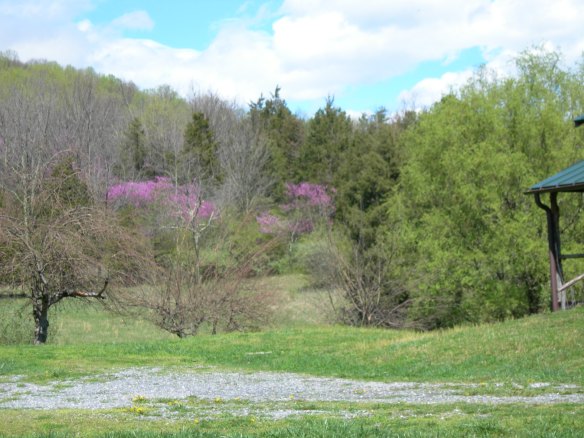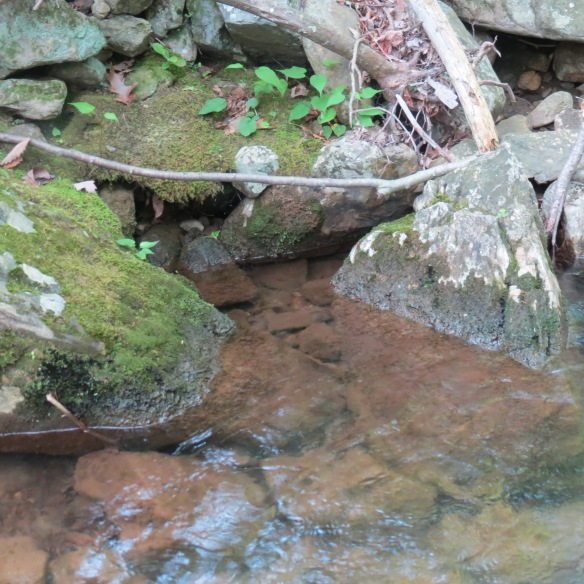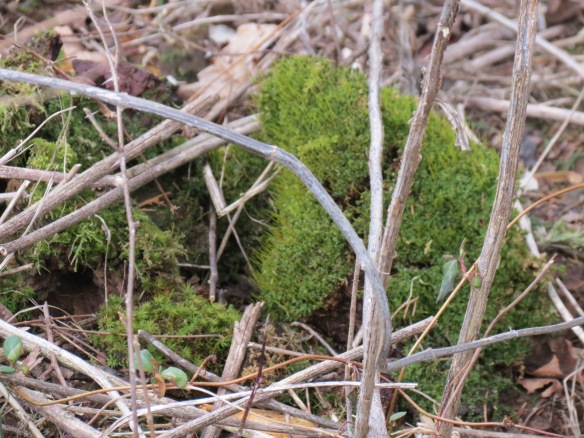Spring has officially arrived in central Virginia! Our native Eastern Redbud trees (Cercis Canadensis) have awakened from their winter slumber and are in full bloom. Redbuds reach their flowering peak when most shade trees are just beginning to leaf-out, so this time of year their brilliant sprays of pink jump out at you along the highways and back roads. The flowers almost glow against the lime green shade of new deciduous leaves and the dark green tones of neighboring evergreens.
The Eastern Redbud is native to the Blue Ridge and much of the Eastern U.S. Growing in moist, well-drained soils, frequently along woodland edges, they can reach 20 to 30 feet and six to 10 inches in diameter. In early spring, before the leaves form, bright pink to purple flowers, one-half inch long, appear in clusters along the twigs and small branches.

A couple of weeks later, tiny leaves appear at the tips of the branches, signaling the end of the flower show. The dark green leaves are large and heart-shaped. Once the tree has leafed-out and the flowers have faded, large brown seed pods, two to four inches in length, will form. The seeds inside, which are brown and about a quarter of an inch long, will be mature before the end of summer and can be planted in the fall. Any seed with a hard outer coating like the redbud will need to be scarified (sanded or nicked) so water will reach the seed to cause germination.
Due to their manageable size, redbuds are a popular landscaping tree. As a member of the legume family, redbud roots are able to convert nitrogen from the air into a form plants can use, so this tree can grow in poor soil and can actually improve the soil in which it grows.
I was amazed when I looked at the date of the first picture in this post. It was taken on March 24, 2012, a full three weeks earlier than the second picture taken on April 15, 2013! I knew winter was slow to arrive in Virginia – this confirms just how slow.





